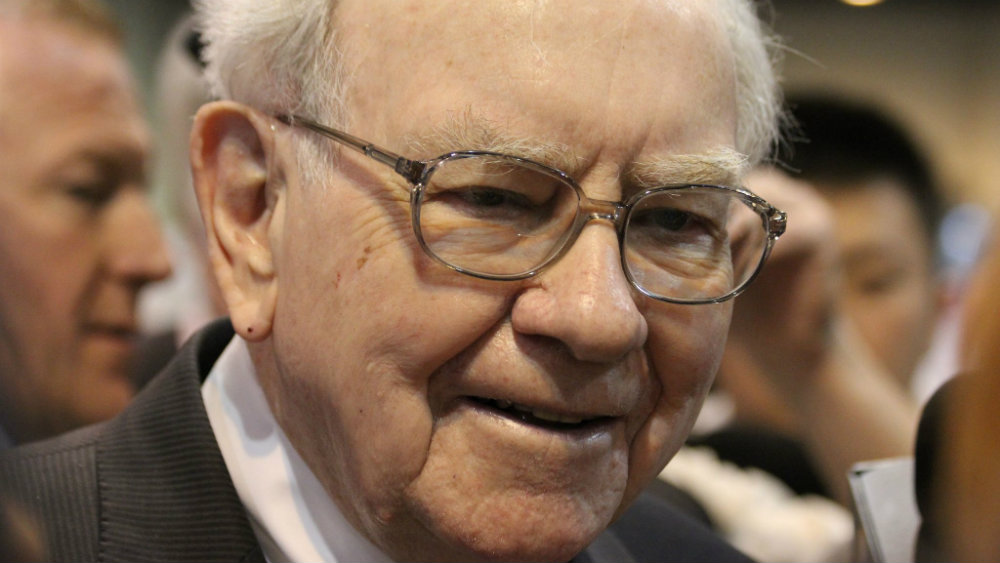Even if you are not a fan of classic children’s books, you must’ve heard about Charlie and the Chocolate Factory. But the story you might not have heard is about Warren Buffett and the chocolate factory. This story is even older, taking place in 1954, than the beloved children’s book, which was published in 1964. While Buffett is not exactly the protagonist of the story, he is one of the main characters.
Beans for stocks
In 1954, the price of cocoa beans skyrocketed. They grew almost 12 times (from around five cents a pound to over 60 cents), which rocked the local chocolate business to its core. Brooklyn-based chocolate maker Rockwood & Company sought to benefit from the market situation and sell its excess inventory. But selling outright would have incurred a tax of about 50%.
Luckily, the Rockwood managers found a loophole they could use to avoid the tax and still benefit from the sky-high cocoa prices. They had 13 million pounds of cocoa beans they wanted to sell, and since they couldn’t sell them for cash, the company offered to sell the cocoa beans to its investors for shares. They offered to buy back shares of Rockwood at a rate of 80 pounds per share.
The 24-year-old Buffett was one of the investors who attended this meeting where Rockwood announced this trade. Buffett realized that the company is effectively selling its beans at a discounted price. So, he started buying shares of the company. He then sold those shares back to Rockwood, got cocoa beans in exchange, and sold them at the commodities market at a profit.
Buffett later shared that his only expense at that trade was the subway tokens. While the market is significantly more complex now, there is still one “moral” you can take away from this story, and it’s that you have to take advantage of the opportunities as they present themselves.
From chocolate to sugar
As an investor in Canada, you might not have access to major chocolate companies and their stock, but there is one sweet company you might want to consider. Rogers Sugar (TSX:RSI) is offering a sweet yield of 6.4%. The company has sustained its dividends through high payout ratios for the last five years, and it’s unlikely to slash its dividends anytime soon.
Its revenue and profit growth aren’t incredible, but the company has mostly been profitable in the last five years. And if we take Buffett’s approach to vetting stocks, Rogers Sugar ticks another important box: it’s a leader in its industry. It’s the largest refined sugar distributer in the country. The holding company is comprised of two subsidiaries, Lantic and Rogers, and has expanded its product range to include maple syrup, iced tea, and a jam & jelly mix.
Foolish takeaway
Warren Buffett has been known to take advantage of unique market opportunities. He actually lives by what he preaches. He acts greedy when others are fearful and fearful when others are greedy. Most investors can take a leaf from his book and approach the market more boldly. But understand that taking advantage of temporary opportunities and long-term investments require different approaches.








